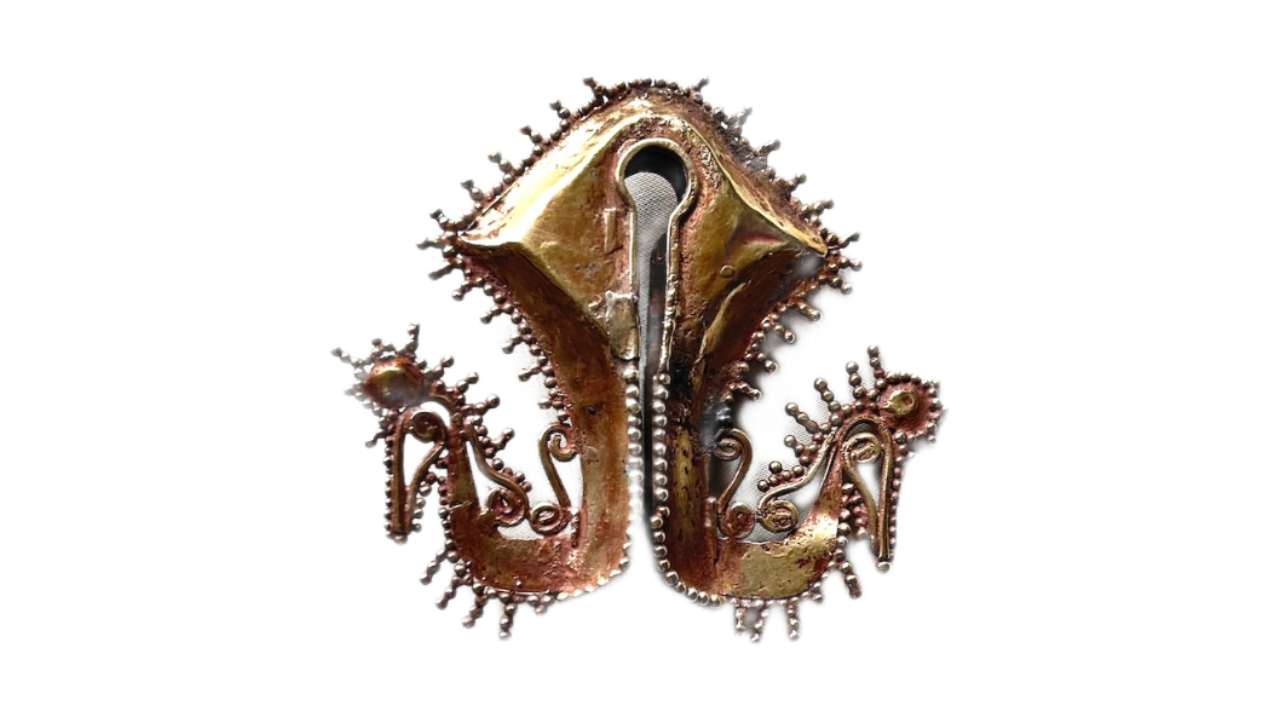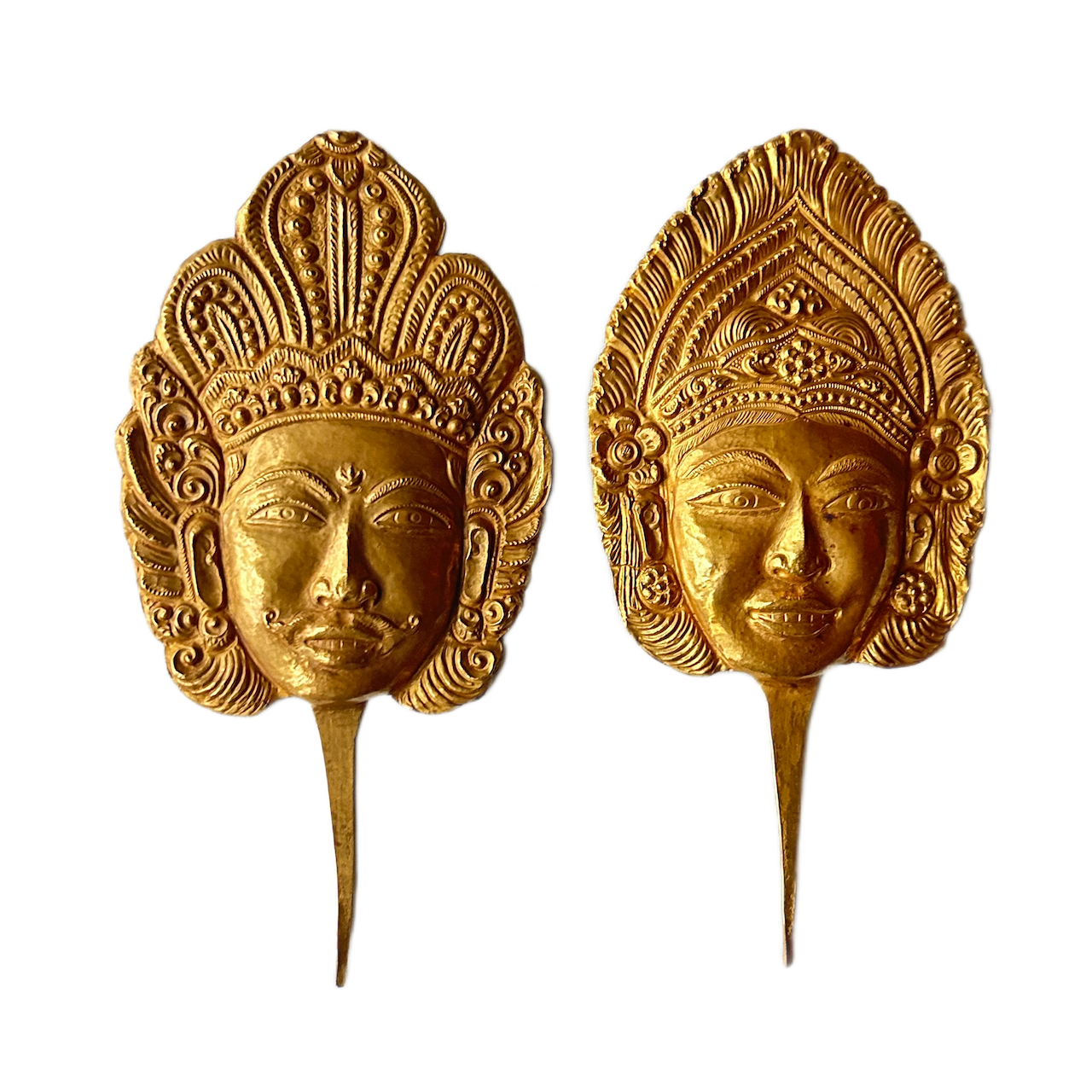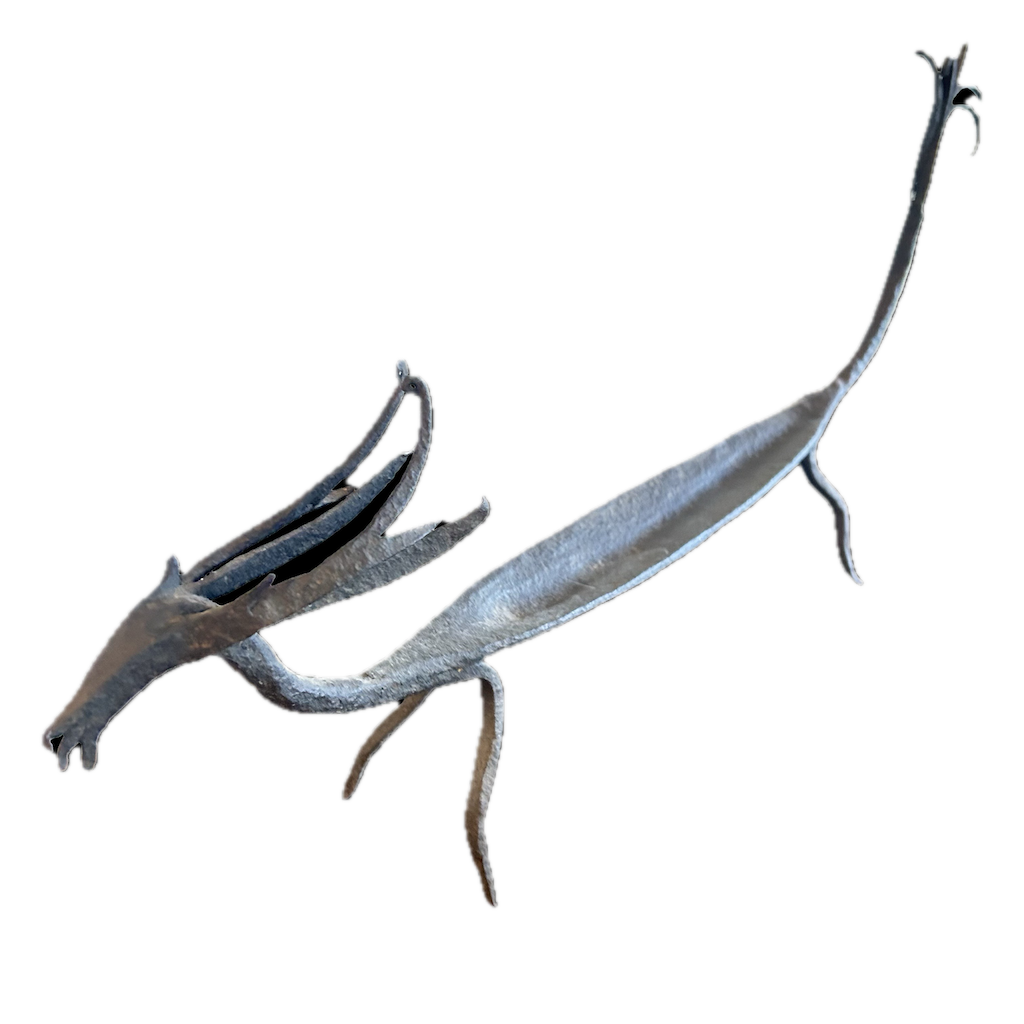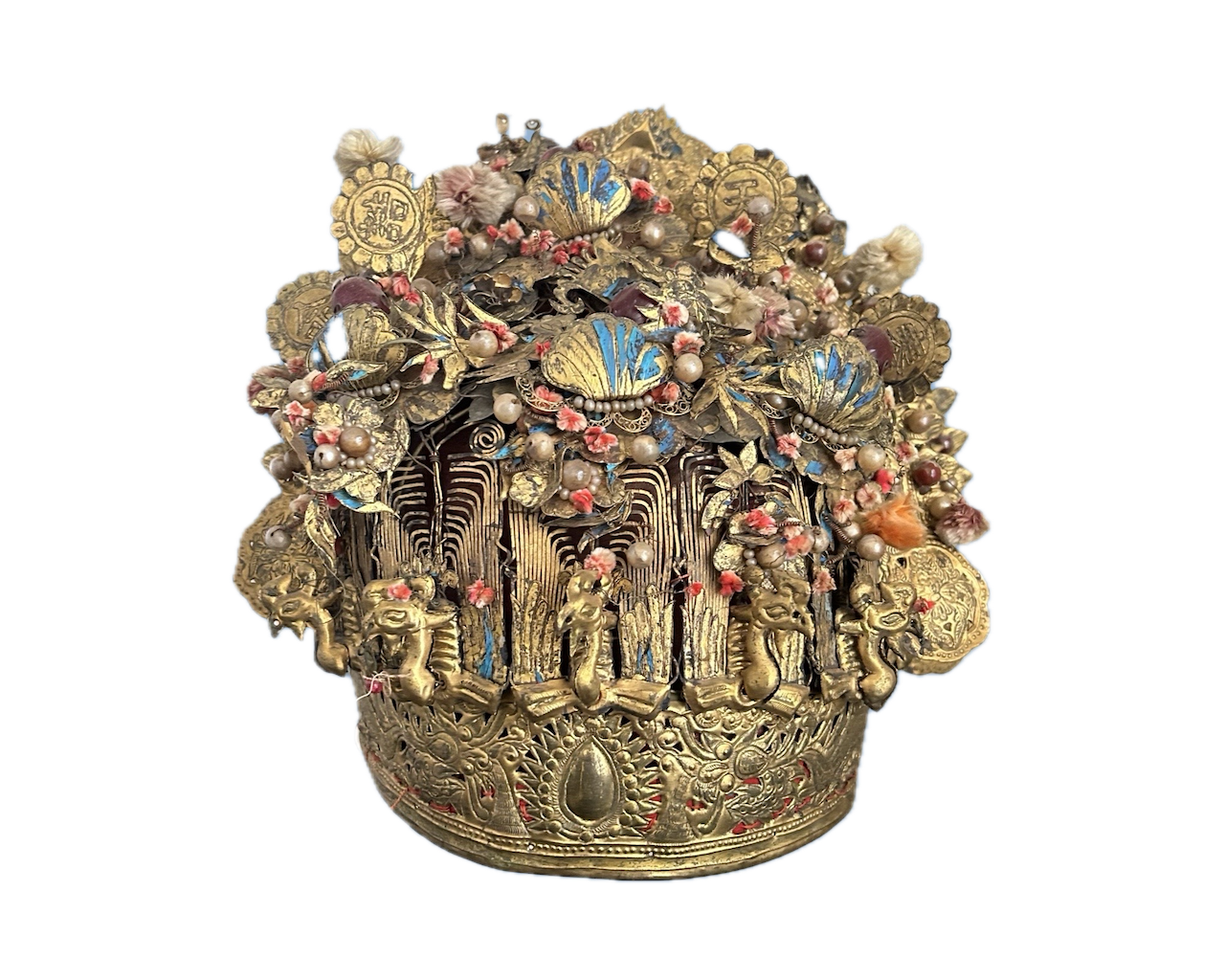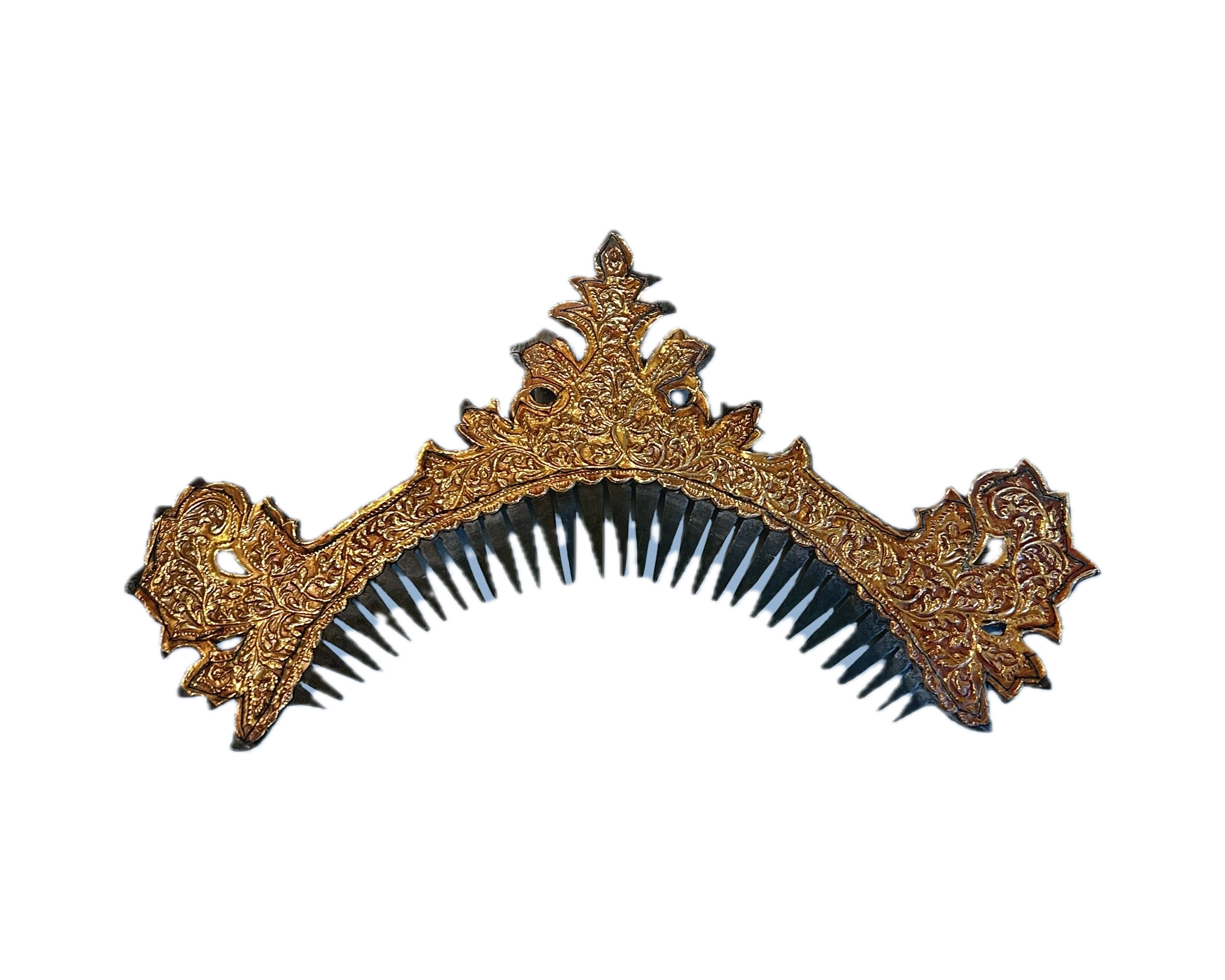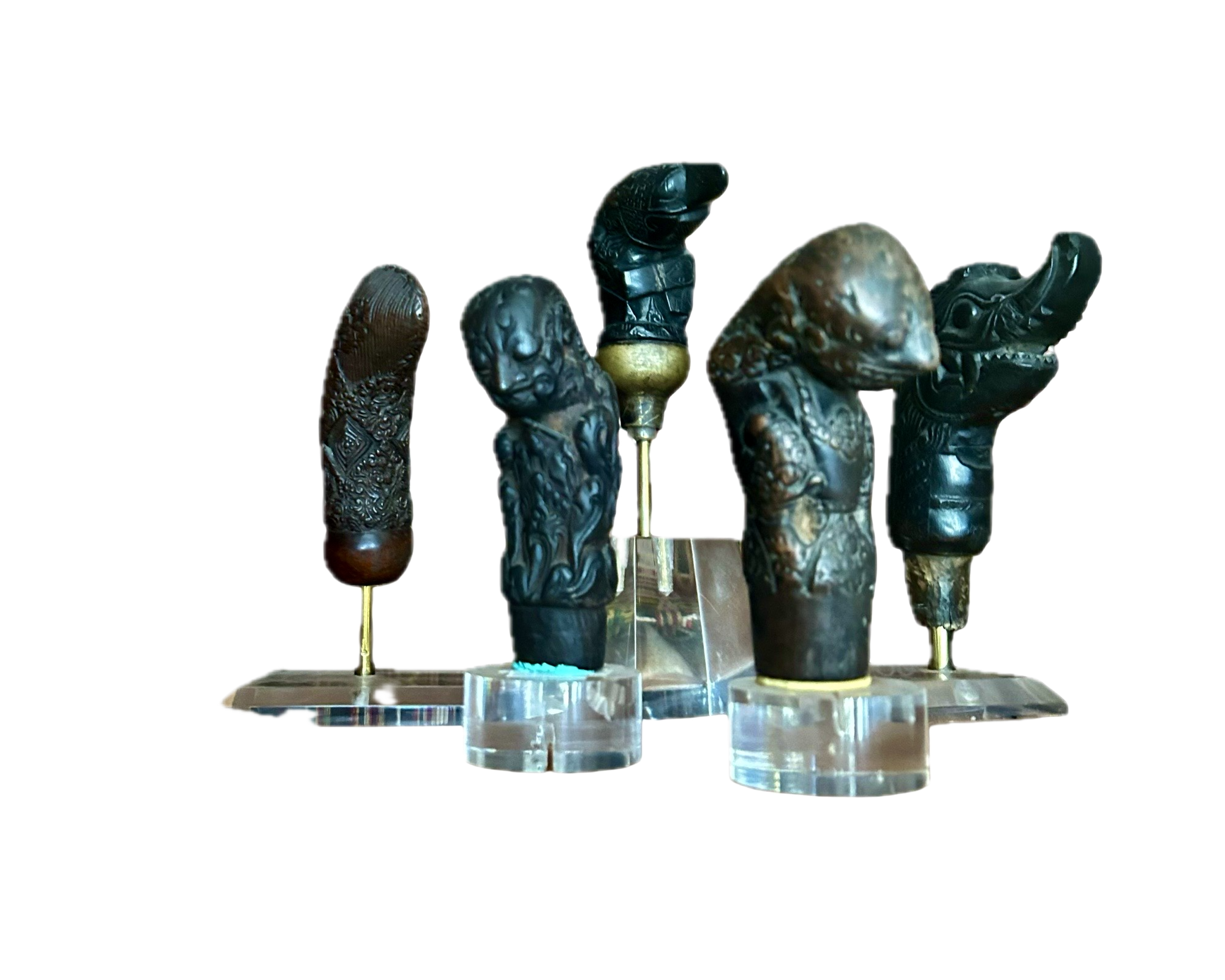Belly Dancing in Palmyra
I was very glad to have the company of my teenage sons in Lebanon for a week but on the eve of New Year’s Day 2007, they had to fly back to Singapore for school.
Early next morning I took a cab to the terminal to catch a taxi to Damascus. I waited for two hours and together with five other people including the driver we hit the road in an old American car that was built in the 70's. I was in the back with two huge men. Their heavy set has made my seat tilt to the left. The interior of the cab was seedy and its velvety upholstery was badly stained with brown spots. Above our heads hung a swinging miniature plastic chandelier. I sat uncomfortably tilted to the left throughout the two hour journey. However the trip only cost me $10.
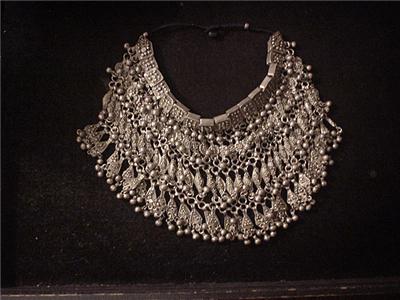
There were many petty trading going on between Lebanon and Syria since the cost of living was so much lower in Syria. Clothing, cigarettes, socks, underwear, duty free stuff, etc were a source of extra income for cabbies who seem to know the customs officers very well. As usual as in Damascus and other places I relied on local cab drivers to help me find a hotel. After viewing four small hotels that were within my budget I settled for one that was centrally located and was near to the Cham Palace, the only 5 star hotel in the French setting of the 1920’s. I spent most evenings in the lounge sipping on red wine and enjoyed listening to live classical piano and violin performed by two provocatively dressed women from Russia. Somehow rather they reminded me of Vanessa Mae. The short walk back to my hotel was very safe whose street was mainly dominated by juice kiosk.
After several visits to a jewelry store that was located at the Cham palace I gained his trust and he was comfortable with sharing his collection of antiques. He told me that he has a collection of ancient beads dating back from the Akkadian to the Roman period but they were not for sale he said. His description of a brooch from the Roman period was an eye opener. He explained that ornaments from this era often depict weapons because of their prowess to conquer. The gilded iron brooch that looked like an archery was a pin for the right shoulder of a man. The technique of fire gilding employed in the past consisted of mercury that few people would undertake today due to the risk of mercury poisoning. The process involved using an amalgam of gold and mercury that has the consistency of butter which is then applied to a prepared surface to be heated. During the heating process only the mercury is evaporated. Subsequently the metal must undergo other operations for the development of the fine gold color.
When I revisited Damacus two years later, The Four Seasons Hotel which was built and owned by a prince from Saudi Arabia was already in business rivalling the legendary Cham Palace Hotel. I had only three days in Syria two of which were spent visiting museums, souks, the Ommayad mosques, baths and many beautiful old mansions surrounding the souk. Many of these mansions have been converted to restaurants catering mainly to locals. The menu was reasonably priced and the food was delicious and different. I was all by myself surrounded by happy people who were busy eating and chatting away. The whole atmosphere of the dining area was very lively.
I spent my last day on a day trip to the historical Palmyra, 'Tadmoor' in semitic which means the city of dates. It was a metropolis situated beside an oasis of palms and dates in the south west of the country.
It is mentioned in the Assyrian tablets in around 2nd BC as a caravan stop on the silk road that linked China and Europe via the Middle East. The Romans baptized it Palmyra 'city of palms'
after it become its colony. The Palmyrians were given equal rights as the Romans. The city prospered from caravans from China, India, Persia, the Persian Gulf, Arabia, Turkey, and Europe
under the reign of their military chief Odenathus II. After his assassination in 266AD, his second wife the beautiful and intriguing Zenobia who claimed to be a descendent of Cleopatra, took power in the name of her young son, Vaballaths. She went to war with Rome after proclaiming independence for Palmyra. She was captured after her troops were defeated and she was taken back to Rome and to the emperor's triumph, she was attached by gold chains to his chariot.
The partially rebuilt ruins cover 50 hectares, included monuments, palaces, columns and tombs. The camel driver and I wandered around the rolling desert on a camel's back til we got to a remote Bedouin tent. We were greeted by a couple with two children. They invited us into their cosy tent that was lined with thick cushions. We made ourselves comfortable over a cup of coffee and nuts. Salmah stood up to turn on her cassette player and with a triumphant air she belly danced to some Arabic tunes. As she wriggled more and more vigorously to the music, her jingling Bedouin silver jewelry that she had on her body tuned into the beguiling tones which spontaneously created a festive mood. She joined us after she finished dancing and with a little negotiation I managed to convince her to part with her jewelry.
The silver necklace which is shown in the picture above, was the same one that was on her neck. On the way back, my young boy camel driver suggested that I take over the reins which wasn't comfortable on the slope going downhill. When I got off the camel it was already getting dark and chilly and the tourist bus was nowhere to be found. However a passer by in a van was kind enough to give me a ride to the bus station where buses run around the clock. In less than 3 hours I was back in my hotel room in Damascus. The following day I was in a cab heading back to Lebanon to catch my flight back to Singapore.

